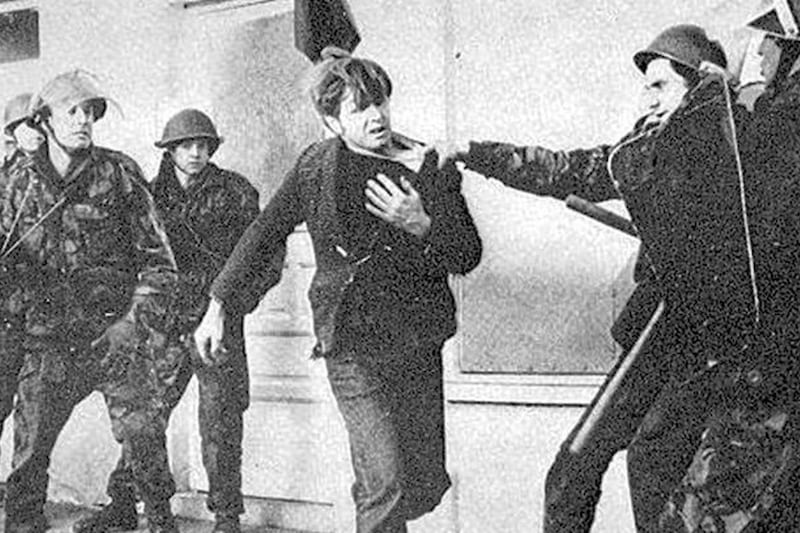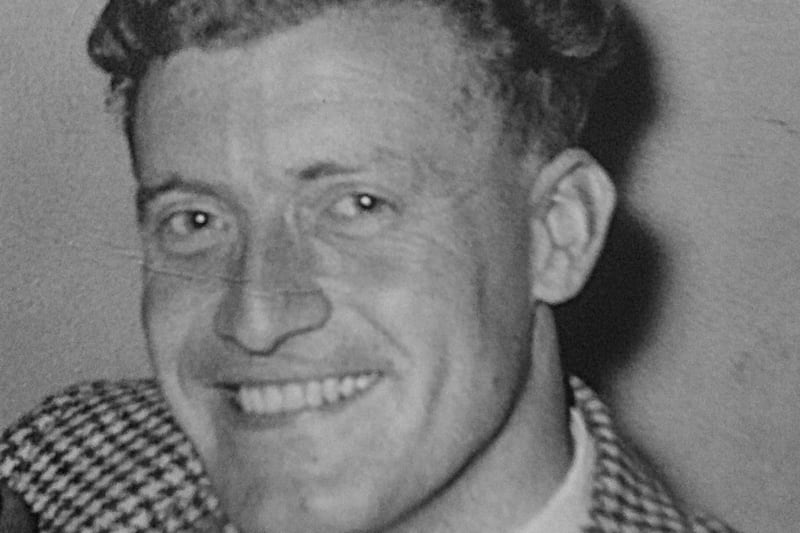The family of a former IRA internee will press ahead with legal action against the Ministry of Defence after an inquest jury found he was given no verbal warning before being shot in the back while trying to escape from Long Kesh half a century ago.
A four-week inquest into Hugh Gerard Coney’s death came to an end on Wednesday when a jury returned its findings.
The 24-year-old, from Clonoe, near Coalisland in Co Tyrone, was shot in the back by a British soldier, known by the cipher HCM1, as he and other internees tried to escape in November 1974.
Mr Coney, who was known as Gerard by his family, was one of around 32 internees who tried to escape through a tunnel from the Co Antrim internment camp.
The breakout attempt took place just weeks after republican prisoners had burnt down much of the camp amid rising tensions.
Several prominent republicans took part in the escape, including former Sinn Féin west Belfast MLA Fra McCann, who gave evidence at Mr Coney’s inquest.
An original inquest held in 1975 returned an open verdict.
A new one was ordered by former Attorney General John Larkin in 2016 and opened in Banbridge last February.
It re-commenced in Newry earlier this year but was not an ‘Article Two Inquest’, which covers the wider circumstances of a person’s death.
Article Two of the European Court of Human Rights protects the right to life.

During the inquest evidence was heard from former internees, British soldiers, police officers, prison staff and forensic experts.
The family’s solicitor Padraig Ó Muirigh, of Ó Muirigh Solicitors, said the Coney family welcome the findings.
Mr Ó Muirigh said the jury concluded unanimously that Mr Coney was unarmed when he was shot in the back and no verbal waring was given before the fatal round was fired.
“Whilst the jury were not permitted to reach a finding on the justification of the use of force by HCM1, due to a recent High Court ruling that this was not an Article Two inquest, they were nonetheless able to reach these significant findings,” he said.
“The Coney family would particularly like to thank those former internees, who were on the escape with Mr Coney for their assistance to the Coroner during the inquest.
“The Coney family have commenced a civil action against the Ministry of Defence and will continue with these proceedings in light of today’s findings.”
A former Gaelic footballer with Clonoe O’Rahilly’s and skilled snooker player, Mr Coney was a contemporary of 1985 world snooker champion Denis Taylor, who he had previously beaten.

Mark Thompson, from Relatives for Justice, said “today the world knows” Mr Coney was unarmed and shot in the back.
“In real terms the killing of Hugh Coney was unjustified and unjustifiable,” he said.
Mr Coney’s inquest was one of dozens that must be at their findings stage by May 1 or they will be halted under the British government’s controversial Legacy Act.
Sinn Féin MLA Linda Dillon said the findings were a “vindication” for Mr Coney’s family.
“The British government’s cynical and cruel Legacy Act will close down inquests such as Gerard’s in just a matter of weeks,” she said.
“This shameful act is a flagrant breach of international human rights law and it should be scrapped.”








